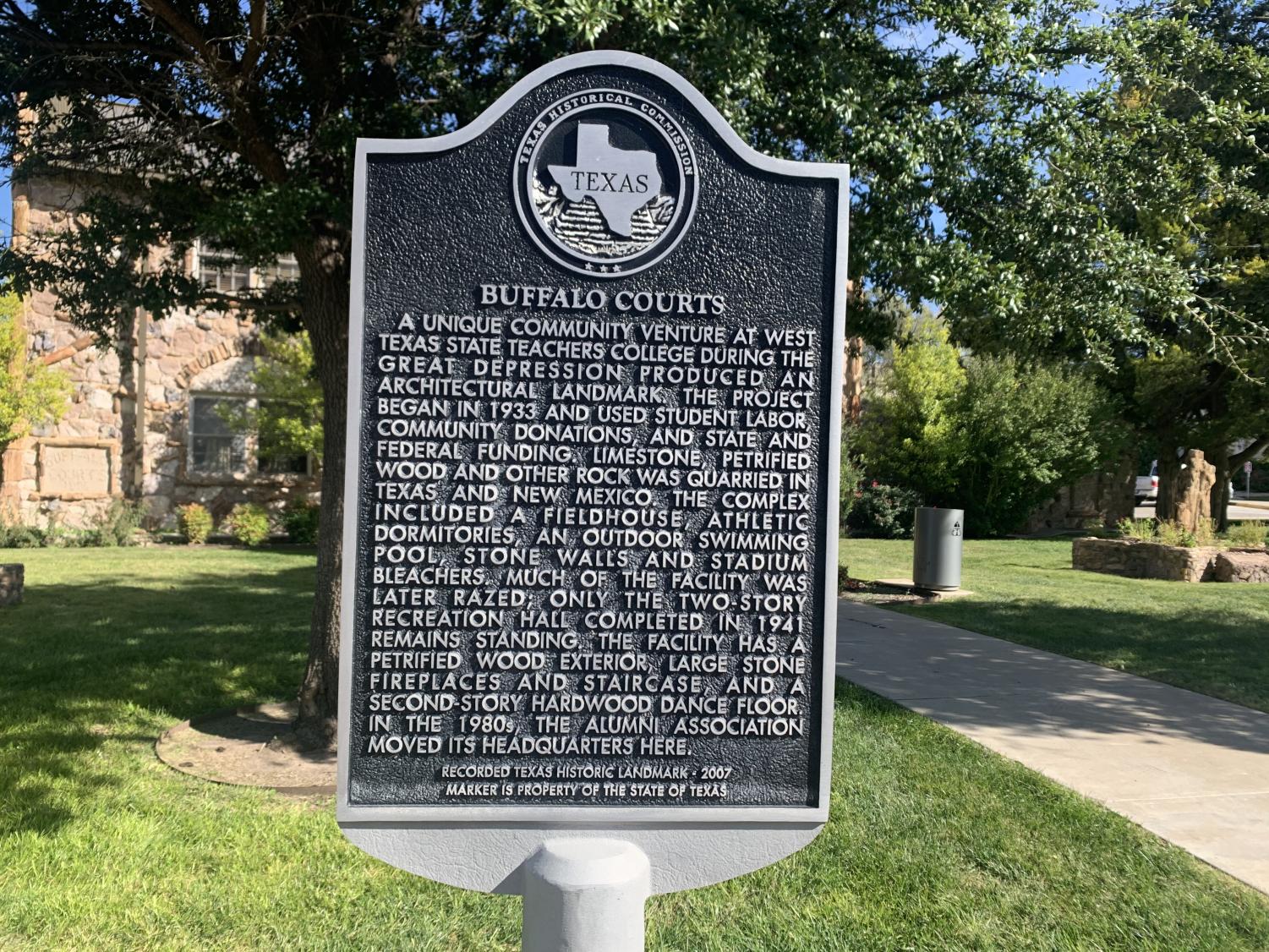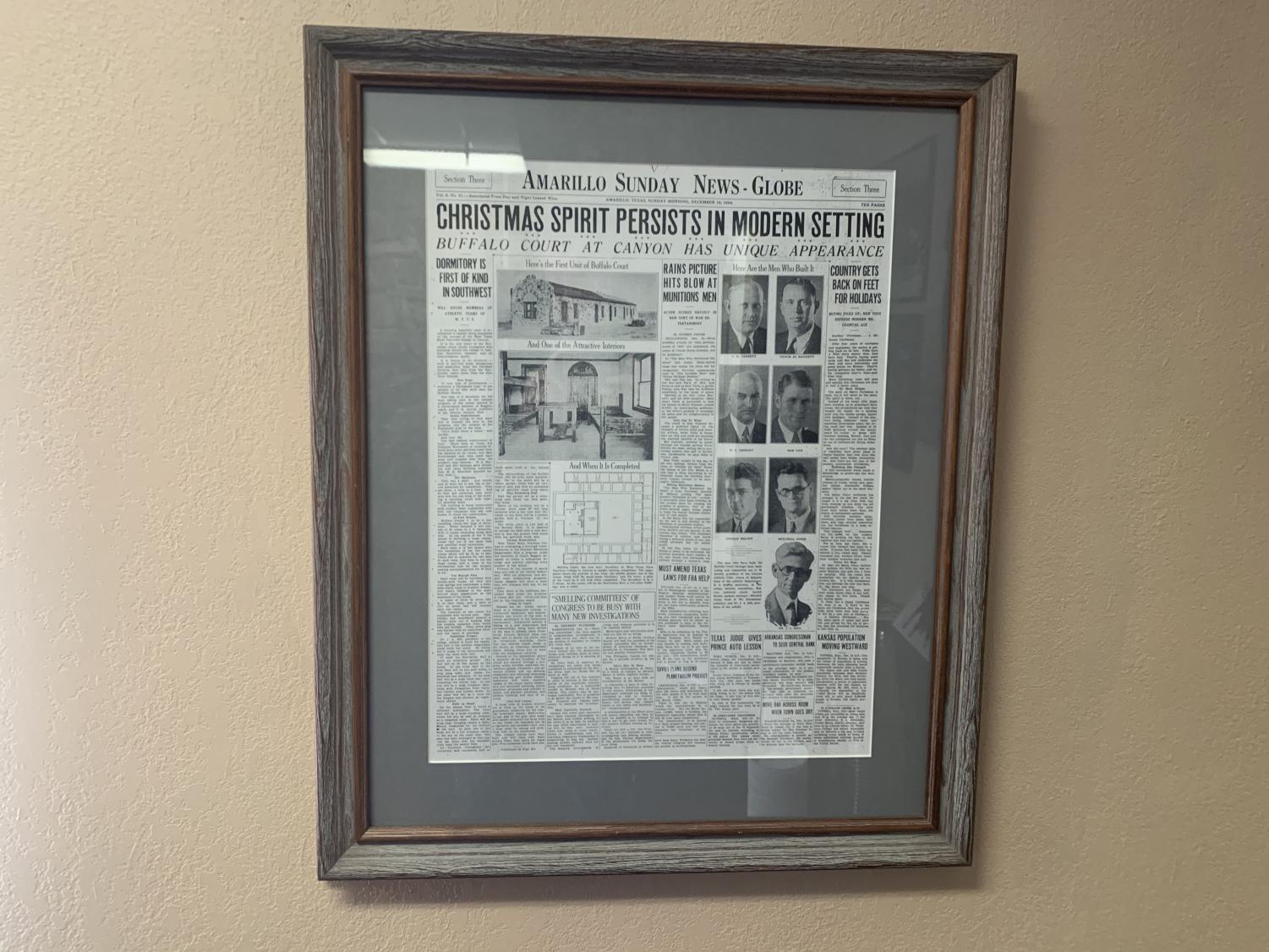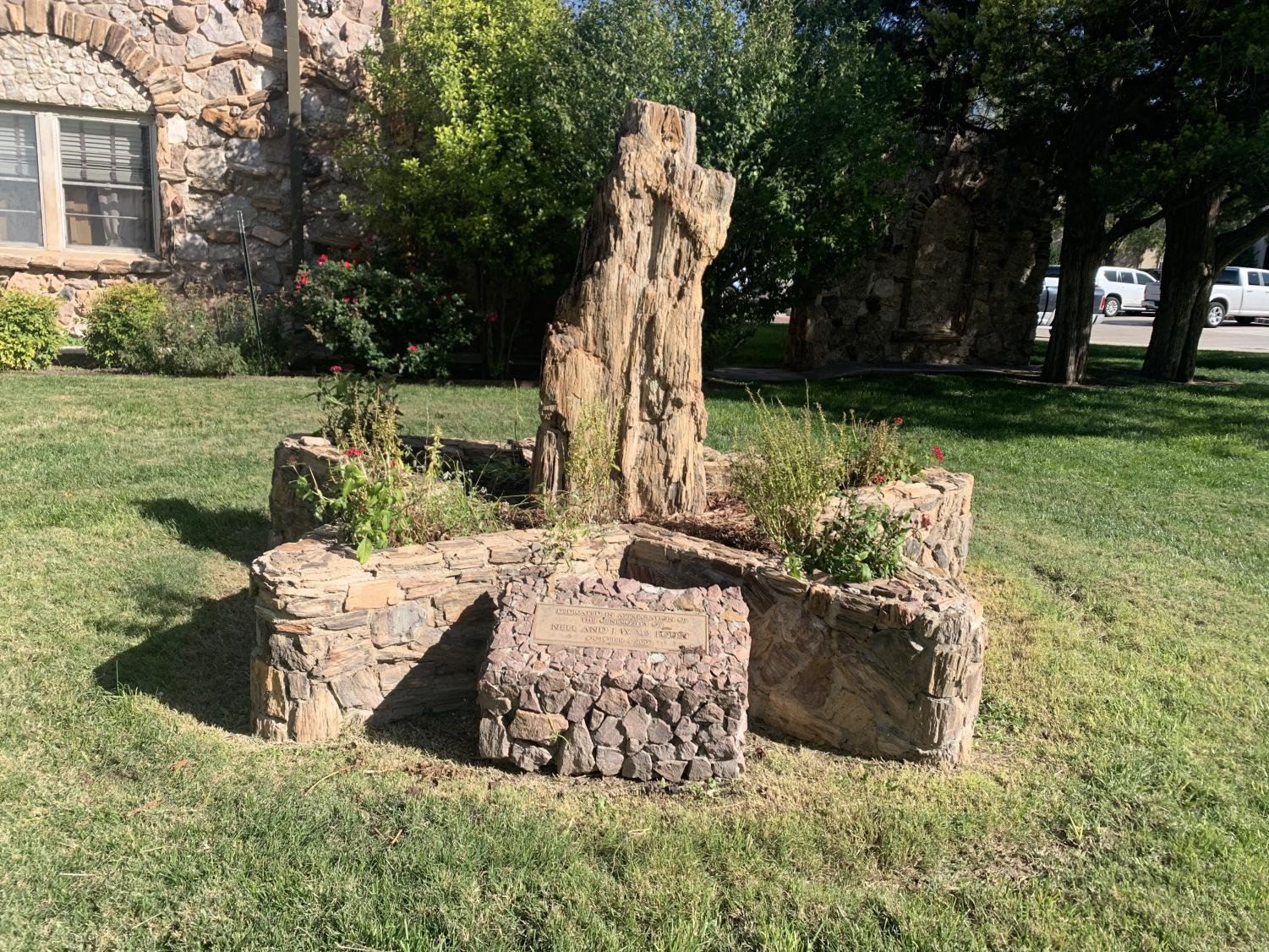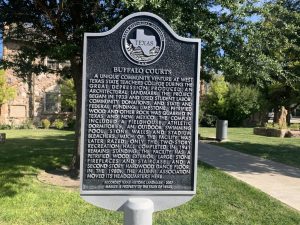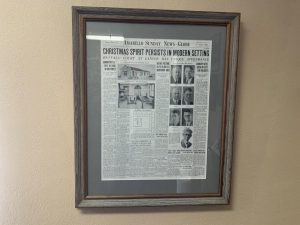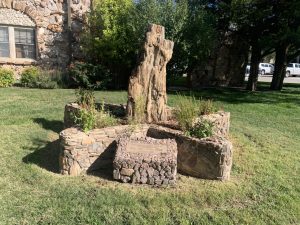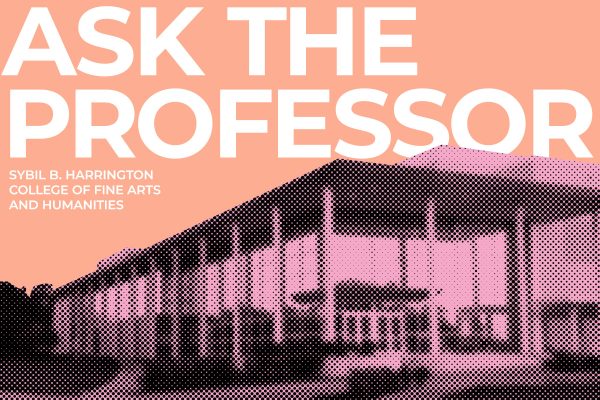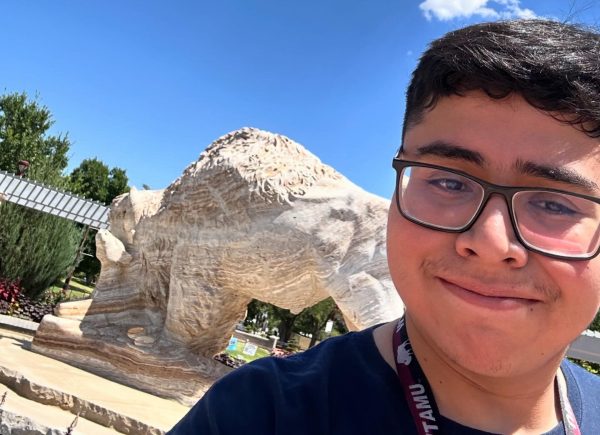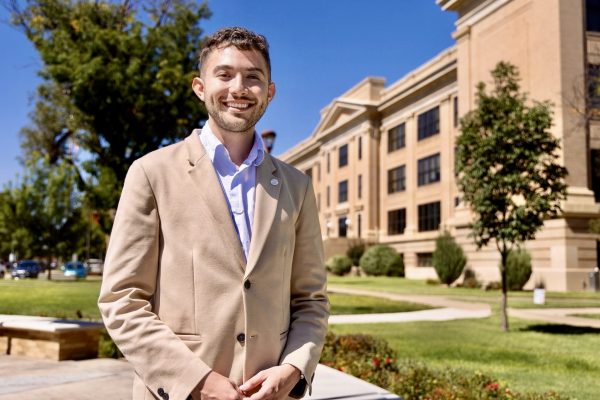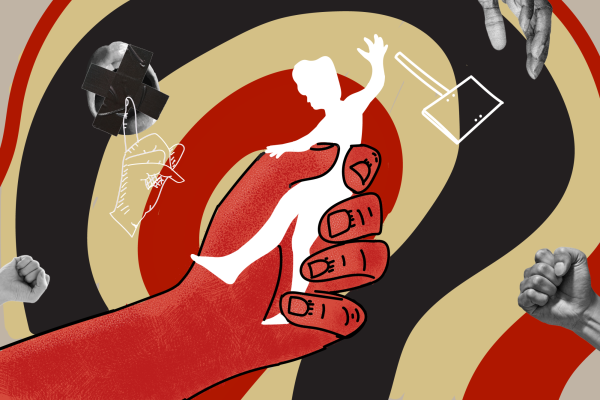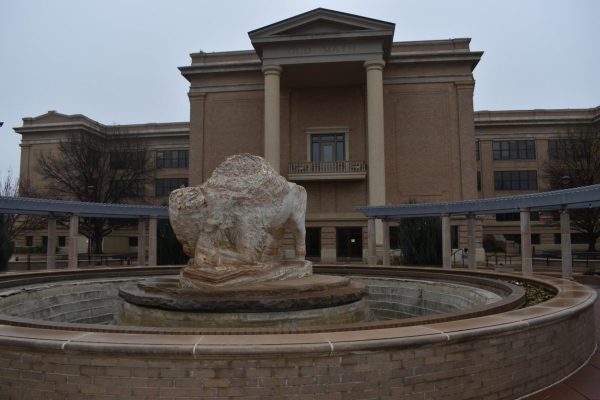Rocks and a “bunch” of clay
Have you ever passed by a quite unique building on campus? Unique in that it doesn’t look like any other building here, it may look like it’s made of “rocks and a bunch of clay” as West Texas A&M University freshman, Christian Guerrero, puts it. The building is known as The Buffalo Courts Alumni Center, and is in fact not made of that and actually holds more interesting history than one may think, and if you think it is haunted, as Guerrero puts it “they pretty much told us that it was haunted”, it is in fact not.
The Buffalo Courts Alumni Center today is used for Alumni gathering, but in 1934 it was very different. The production of the building actually began in 1933. Limestone, petrified wood
and many other rocks were quarried from Palo Duro Canyon, Texas and Carlsbad Caverns, New Mexico, and that is what was used to create the building. In 1934, when the building was finished, it was used as a residence hall for the athletics department, and was in fact built by the residence themselves. Interim Director of Alumni Relations, Tim Bynum, gave the previously mentioned information.
Bynum said, “It is considered today, the Buffalo Courts Alumni Center. So it’s the home of the WTAMU Alumni Association.” He went on to mention the offices in the building, “One of the most well known and prominent coaches in the history of WT football was a guy named Joe Kerbel, so his old office is actually still used upstairs.”
Joe Kerbel is one of the most well known coaches of WTAMU. He guided the football team to one of it’s greatest successes in history and lead them to a 68-43-1 record. Many of the offices in the, at the time, residence hall are still in use in the, current, Buffalo Courts Alumni Center, Kerbel’s is one of them that stil
l holds importance.
“My grandfather, he was one of the athletic guys that stayed there when it was the dormitories for the athletics. ” sophomore, history major Ben Bozeman tells of how his grandfather was one of the students who had lived in the residence hall back in the 1950s.
“What would probably be considered like the foyer of the residence hall, there were wings off both sides that were the actual rooms, where the students lived in those days. There were also coaches offices that were in the building as well” Bynum said.
What was built in 1933-to-1934 is not fully still standing today. What structure that is still here is the two story recreational hall, which is used for alumni relations. What we see today is from a renovation in the mid-1980s, due to the building needing some reconstruction, as well as minor additional renovations in 1994 and 2002 for a kitchen, offices and a Reception Hall on the second floor for the T-Club, which is the letterman society. All of that to make it the historical landmark we know it as today, and a home for the WTAMU Alumni.



